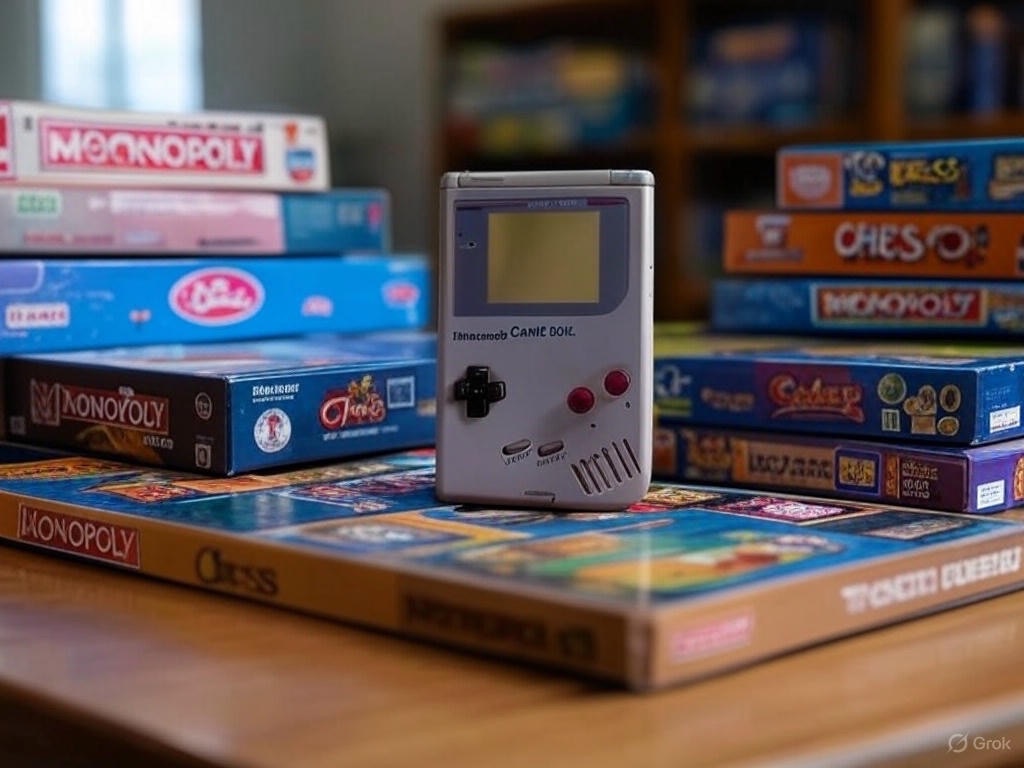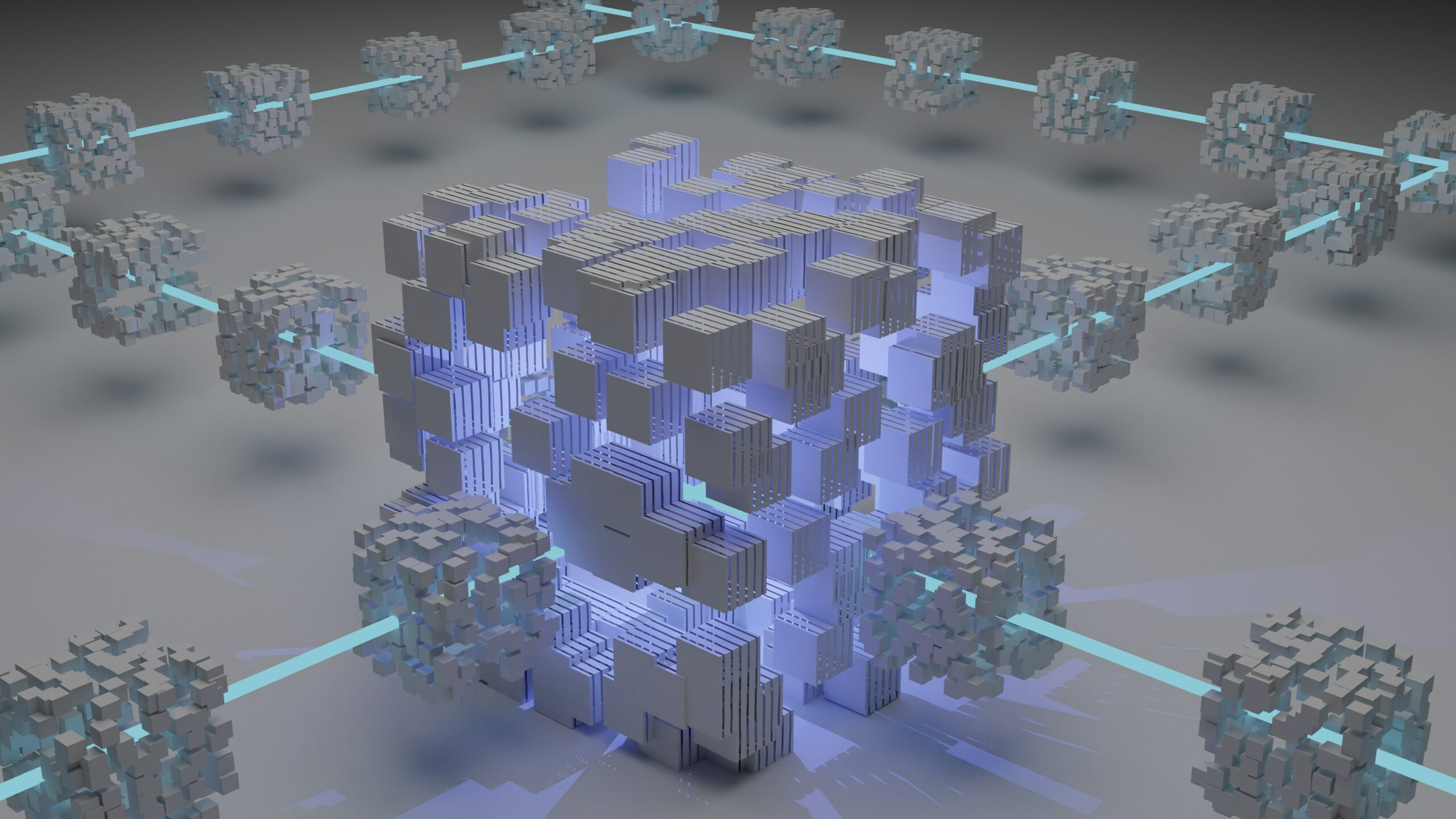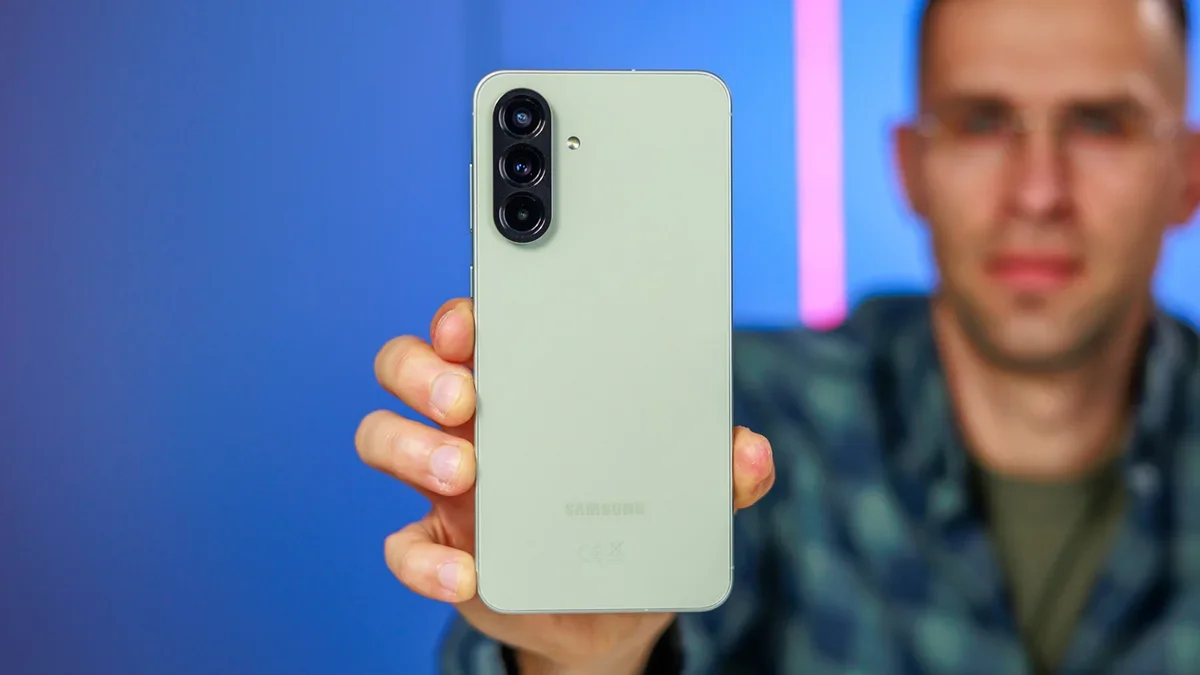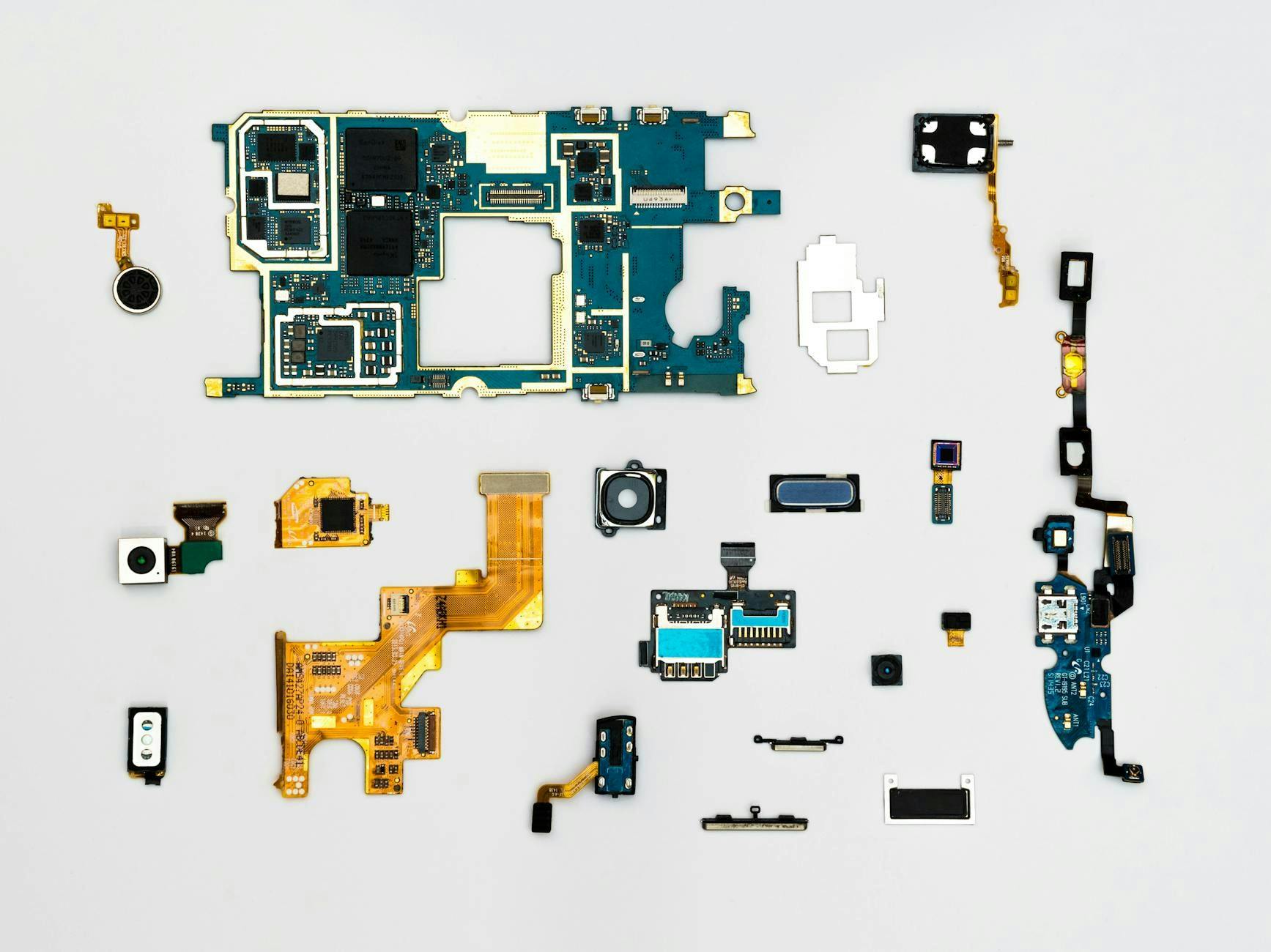Like many people my age, I grew up coveting the latest games console. I always hoped that come Christmas morning, I would walk down the stairs to find the latest grey box from Nintendo. Alas, my family didn’t have a lot of money, so most years I wandered down to discover Santa had decided to get me something different and I would put on a brave face and try to appear both grateful and excited for my new pair of school shoes, a selection box and a small toy, usually a matchbox car, or on a good year, a boardgame, perhaps a Tomy slot racing car (I was desperate for a Scalextric set).
Everything changed on Christmas 1990. I came down the stairs and the box under the tree seemed too large for a slot car but too small for a shoebox. Dare I get excited? Or was this going to be another year in which hope was dashed and I resigned myself to a magnetic chess set? I gently shook the box, holding it close to my left ear, and my smile returned. There was no rattle. This wasn’t a chess set! Could it be? Finally, was this my year? I could barely contain my excitement. As I began tearing open the red and white snowflake wrapping paper, I could scarcely look, excited and scared in equal measure. I saw a G, then an A on the box and my hesitancy vanished as I feverishly ripped open the paper to get to that glorious Nintendo box. I still remember the grey stripe down one side and a red and black grid on the box. I had wanted my very own games console for years and this year my smile wasn’t a fake.
I opened the box, gently lifted the GameBoy out of its polystyrene packaging, sliding it out of its protective plastic wrapper before holding this small games console in my hands, shaking with excitement before realising this wasn’t just a small games console; this was my Gameboy. I was filled with pride, popped open the back cover, inserted the four AA batteries before sliding in the grey plastic Tetris cartridge. Sliding that little grey switch across and watching the word Nintendo drop down the screen, the red LED lit up, hearing that distinctive Nintendo beep before Tetris began.
I remember that Christmas well. I couldn’t shut up about how happy I was and I spent the rest of the day obsessed with this small plastic box and its dot matrix LCD screen. I’m not sure my Gameboy was turned off for more than thirty minutes for the rest of that year.
So why do I bring up Christmas and my excitement at receiving my very own games console or, to be more precise, a portable games console?
That’s because I remembered this story while working out how best to describe the advantages of context chains in Web3 gaming; my childhood Christmases (before GameBoy) were mostly board game affairs, and post-GameBoy in which gifts became older GameBoy titles and alike. Unlike any board game, when we visited my Grandma on Boxing Day, I could pack my GameBoy and my few game cartridges with me, and I could continue to play at her house, enjoying those classic 8-bit graphics and now tinny speakers. We never took a board game with us. Although this was perhaps to avoid family disputes, I believe it was far more straightforward than that – we were only visiting for lunch, there wasn’t enough time to play the entire game and, as such, there was no real way to pack, play and conclude them before heading home. Like a traditional Blockchain, the game never left the house, and the counters were always only used with one game, kept in one box. The GameBoy offered a new way of playing, a portable way, and the ability to use my console at my Grandma’s home, enjoying the same gaming experience as I did in my bedroom.
Moi sees Web3 gaming in the same way. There is nothing wrong with Monopoly or Scrabble, but I think we can all agree that none of the counters, boards or boxes are compatible with the other. I have never played Monopoly with a Scrabble tile or used Monopoly’s vintage racing car as a letter in Scrabble. We could suggest that these games are similar to smart contracts on traditional Blockchains and, while they work, gameplay is limited.
The GameBoy changed my childhood, and I still recall Christmases before and after that box of electronics. The GameBoy represented change – the ability to take my games with me and play various games on the same device. Like a context chain, I carry my gaming assets with me and hop between games, using the same cartridge slot and speedy loading times. Tetris out, Super Mario Land in, same device, regardless of location.
Does this mean we don’t think traditional Blockchains have a place in 2025? Not at all. We simply believe that the world has moved on and no longer has to use the same solution for every task.
Bitcoin is an excellent store of value and is fast becoming the default standard value store for the entire industry. This is great and, just like Monopoly, it is a fantastic product. However, using it for gaming is like trying to play Cluedo on a Monopoly board —it’s daft and wrong.
Ethereum introduced compute, and just like the Nintendo NES, that game console I coveted as a small child, it was wired into a television set. You had to play it in one place. Yes, you could play different games on it (Remember Duck Hunt, a classic), but it didn’t leave the house and your friends had to come over to play.
Effectively, the NES in this analogy is an Ethereum smart contract. Whenever you want a cheeky game of Mario, you must go to the NES, turn it on and use those ridiculously wonderful short-cabled NES controllers. Sit with your friend on the second controller and play. Again, a fabulous piece of kit, just like Ethereum. It brought us the smart contract, ERC20 tokens, an ICO bubble and nfts, including the Bored Ape Yacht Club mutant we use at our company. We are thankful for everything Ethereum has done for us and I owe almost everything I have to that wonderful, frustrating, brilliant, limited chain.
Context chains pick up where smart contracts left off and, just like my childhood GameBoy, fill that next stage of evolution. They offer the brilliance of Ethereum (the NES) but in a portable format with few compromises and lots of benefits – solving scaling issues, making P2P gaming easier and faster, assets are easier to carry with you (have you seen an NES cartridge?) and as such share.
TLDR: Like games at my family Christmases, times and technology have changed. We still love Monopoly and Cluedo, primarily due to their lack of technology and simplicity. Similar to Bitcoin they have one use (two if you count causing a family row), and we love them for this. However, once my GameBoy arrived, things changed and I loved the ability to play multiple games over the entire festive season in numerous places with various people (Double Dragon 2). I wasn’t lucky enough to own an NES. I think this was a case of my being a little too young and the console being a lot too expensive for my family. The NES for me was something I loved to play, but I had to ride my bicycle to my friend’s house where we’d play Super Mario Bros 3 for hours together, just like an Ethereum smart contract-based game today. It was great while I was at my friends’ house, but as soon as I left I had nothing with me – no games, no assets and no way to play. The GameBoy changed my life and the lives of many of my peers, and I believe that context chains will do the same for web3 gaming as GameBoy did for video games and childhoods in the ‘90s, ‘00s, and beyond.










